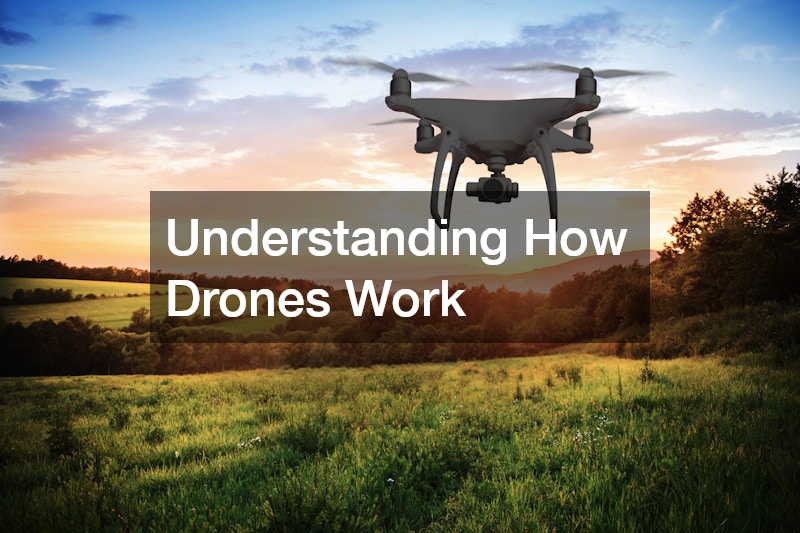Did you know drones, also known as unmanned aerial vehicles (UAVs), have become an integral part of various industries due to their versatility and advanced technology? These devices operate through a combination of propulsion, control systems, and navigation technologies. At the heart of drones are the propulsion systems, typically composed of multiple rotors.
These rotors provide the lift needed for the drone to ascend and maintain altitude. By adjusting the speed of individual rotors, drones can move in different directions and perform complex maneuvers.
The number of rotors can vary, with quadcopters (four rotors) being the most common type.
Control systems are crucial. They usually involve a remote control or a smartphone app that communicates with the drone via radio signals or Wi-Fi. Modern versions are equipped with advanced flight controllers that process data from onboard sensors, such as accelerometers, gyroscopes, and GPS modules. These sensors help stabilize the drone and enable precise movements.
Navigation is another key aspect of drone operation. GPS technology allows them to determine their exact location and follow pre-programmed flight paths. Many of them also feature obstacle detection and avoidance systems, utilizing cameras and ultrasonic sensors to navigate safely in various environments. These features are particularly important for applications like aerial photography, surveying, and delivery services. Understanding these components and their interplay helps you appreciate the sophistication and capabilities of modern drones, which continue to revolutionize fields ranging from entertainment to emergency response.

